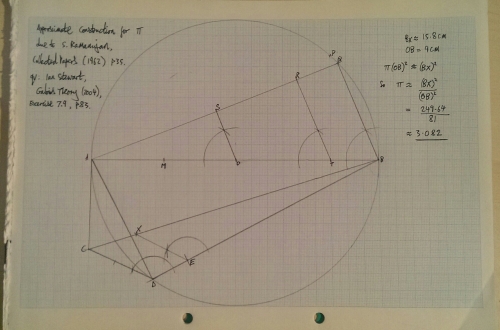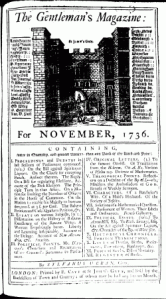The last total solar eclipse visible from the mainland United Kingdom occurred on 11 August 1999, with the path of totality passing through part of Cornwall. I took a few days off work (at the time I was working on a short-term contract for a software company in Dublin) and joined some friends who were going to try to see it. In the event it didn’t really work out: we saw some of the partial phase before the clouds thickened and it wasn’t until a few hours later, well after the end of the eclipse, that the sky cleared again. So apart from seeing the overcast sky go briefly dark, and trying to guess which topical pieces of music the local radio station would play (Moonlight Shadow by Mike Oldfield and Here Comes the Sun by the Beatles) it all came to naught. In retrospect, I’d have seen much more of the eclipse if I’d stayed in Dublin, which had clear skies and got about 90% totality. (Also, I wouldn’t have had to camp overnight in a tent, which I don’t remotely enjoy.)
Today’s eclipse, while partial, was a much better occasion. I heard from friends elsewhere that some parts of the UK were overcast, but Coventry had pretty clear skies throughout, apart from some thin, hazy clouds for a short while in the middle, and I was able to watch the whole thing from start to finish. I dragged my telescope (a 130mm Newtonian reflector) out onto the drive and carefully set it up, projecting onto a pad of paper.
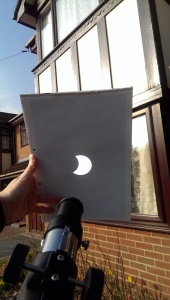 |
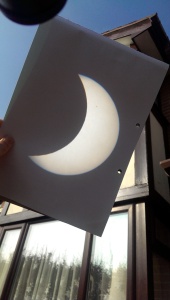 |
| 08:53am | 09:06am |
(If you look carefully at the second image you can see a sunspot.)
I also took the opportunity to try that thing with a colander. The holes in the colander act like a sort of unfocused pinhole camera, and project lots of slightly fuzzy copies of the partial eclipse:
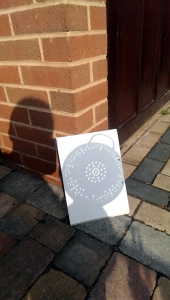
The eclipse progressed over about the next hour and a half:
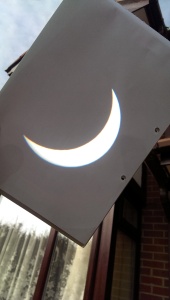 |
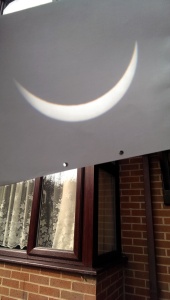 |
| 09:22am | 09:26am |
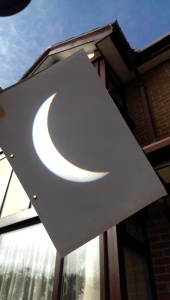 |
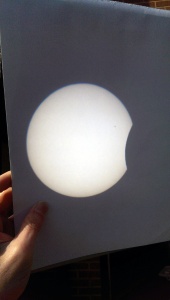 |
| 09:42am | 10:34am |
And finally finished at about 10:40am:
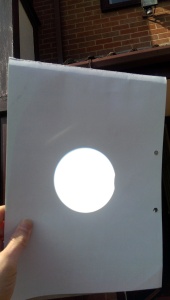
At about quarter past ten, I smelled burning plastic and noticed a thin wisp of smoke drifting out of the end of the telescope. The sun’s image had drifted half out of the field of view (where it would have remained if I’d ever got around to buying some batteries for the equatorial drive motor), and was now focused on the lens casing. Oops. The lens itself is ok, but the casing is now slightly melted.
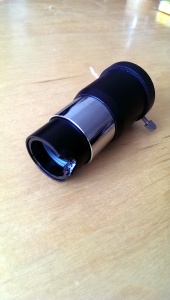
And that, boys and girls, is why we must never, ever look directly at the sun, especially not through a telescope or binoculars.

